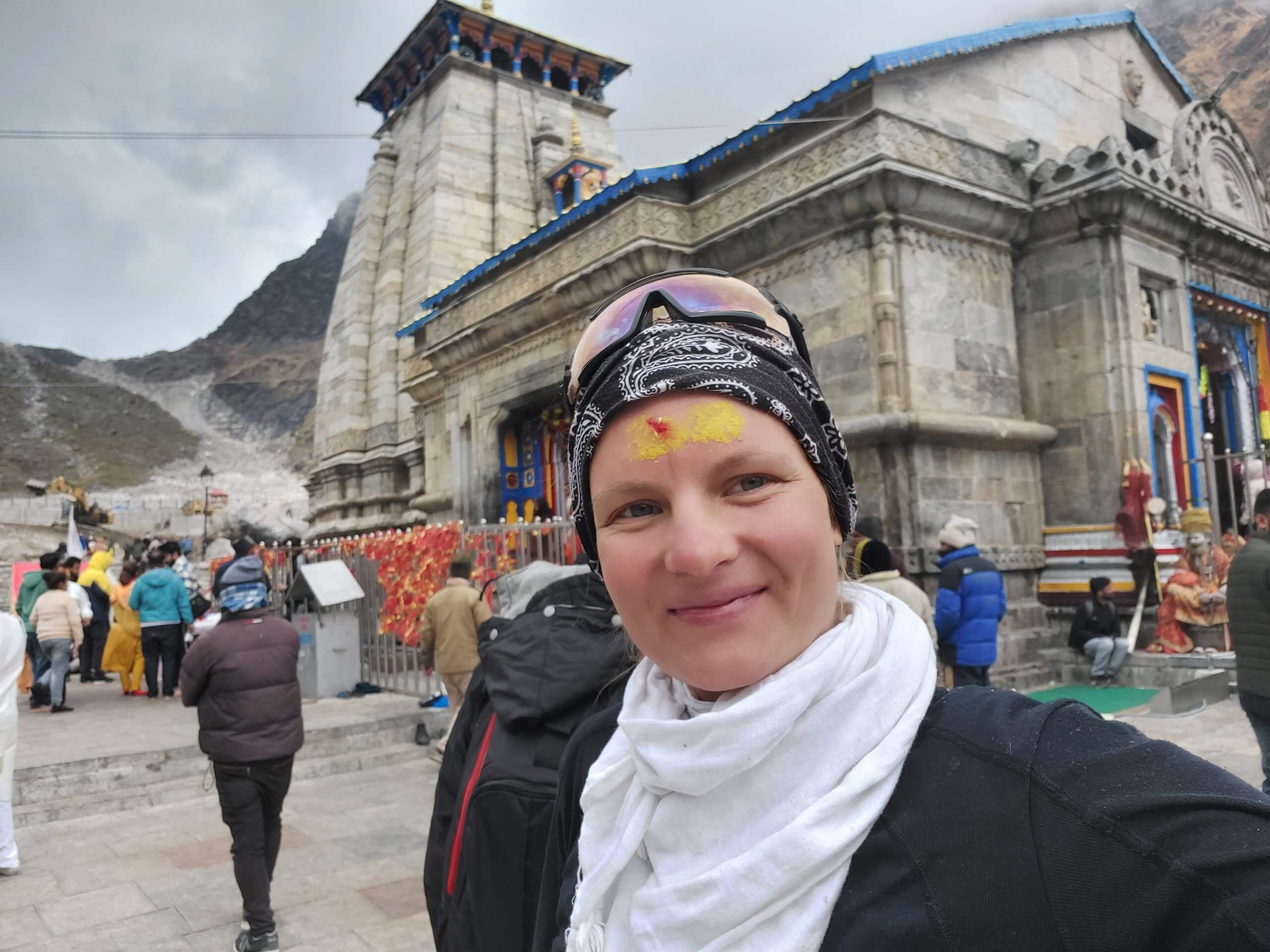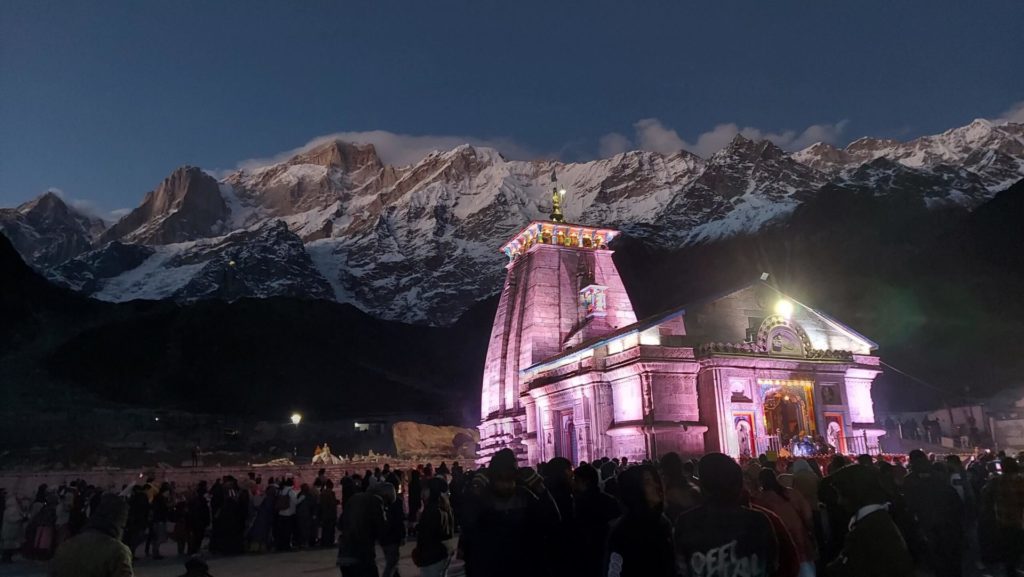The Kedernath Temple is located at 3585 m in the northern Garwahl region of Uttarakhand at the foot of the almost 7000 m high Kedernath peak, which is covered with a dense layer of glaciers.
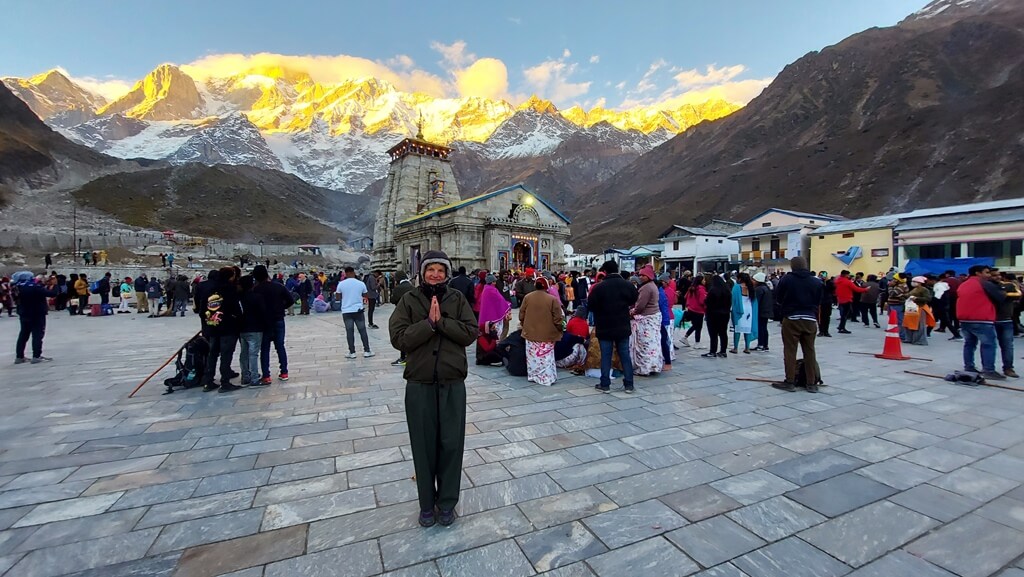
The Kedernath Temple is one of the four main pilgrimage sites of the Chota Chardhams in Uttarakhand and is situated on the Mandakini River, one of the tributaries of the Ganges.
Kedernath means “lord of the field” because apparently the harvest of liberation lies here. It is an important Shiva temple, which is also one of the “Panch Kedars”, one of the five Shiva temples in the mountains of Uttarakhand. Each of the Shiva temples symbolizes a different part of Shiva’s body in the form of his bull Nandis, who made Shiva visible in different places when the Pandava brothers were trying to locate Shiva in order to ask forgiveness for all the suffering during the battle at Kurukshetra (Bhagavat Gita) to ask. On the Kedernath mountain, Shiva showed his hooves. The Pandavas are said to have built the temple 3000 years ago, but the true age is unknown.
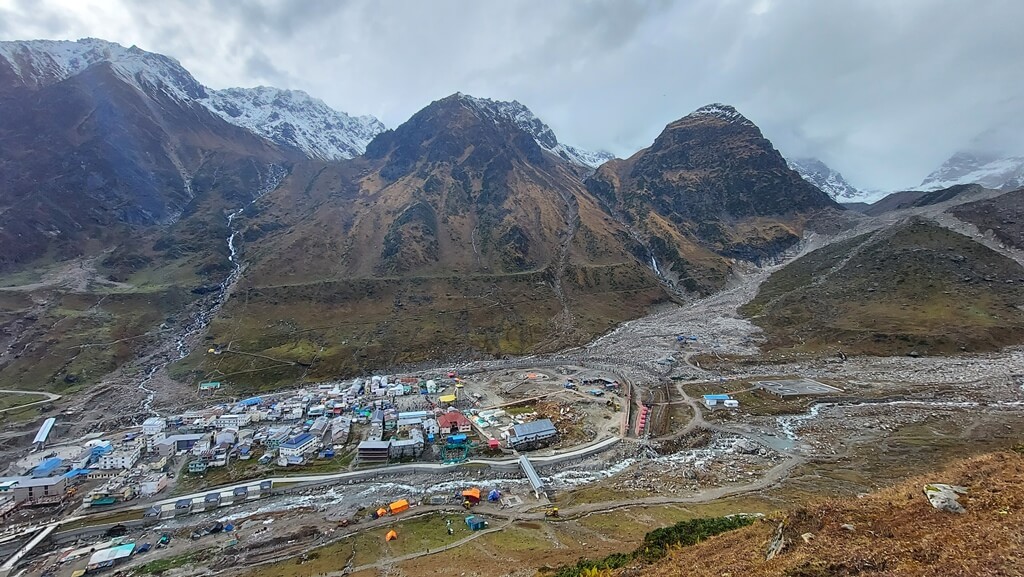
During the major floods in Uttarakhand in 2013, Kedernath was largely devastated. Only the temple itself remained almost completely undamaged by the protection of a large rock from the avalanches.
The temple itself is built around a sacred black natural stone (Shiva Lingam) which is basted with milk and herbs during daily rituals.
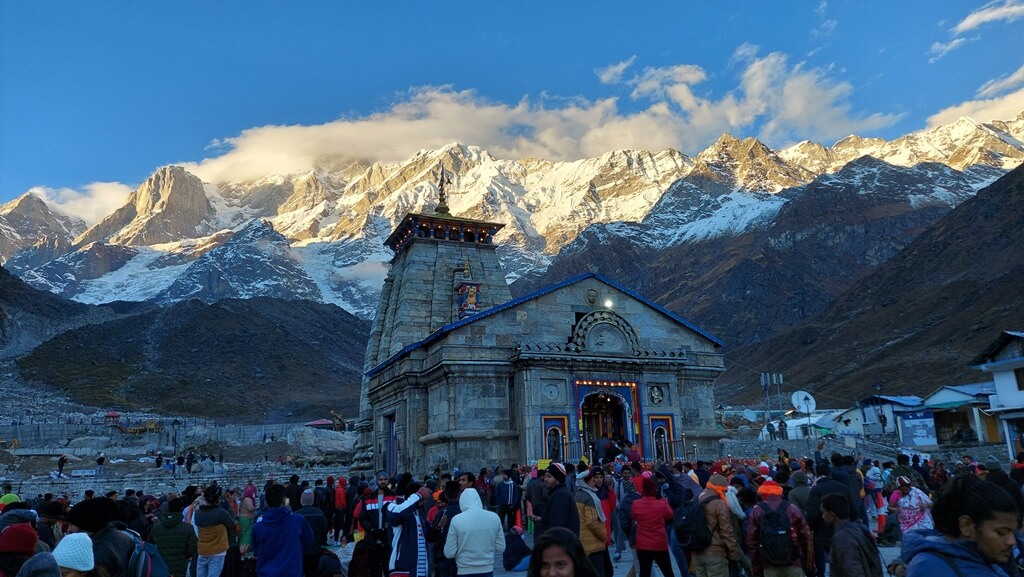
The pilgrimage site is only open from April to October. During the winter months, the Deiti (God Statue) is worshiped further down in the Garwhal region at a temple in Ukhimath.
But during the summer months, the pilgrimage route between Gaurikund and Kedernath is very busy. The temple can only be reached via a 22 km (or 16 km, one does not quite agree) long pilgrimage route, in which one overcomes over 1500 meters in altitude.
It is definitely not an easy hike, plus the masses of pilgrims and unpredictable weather changes.
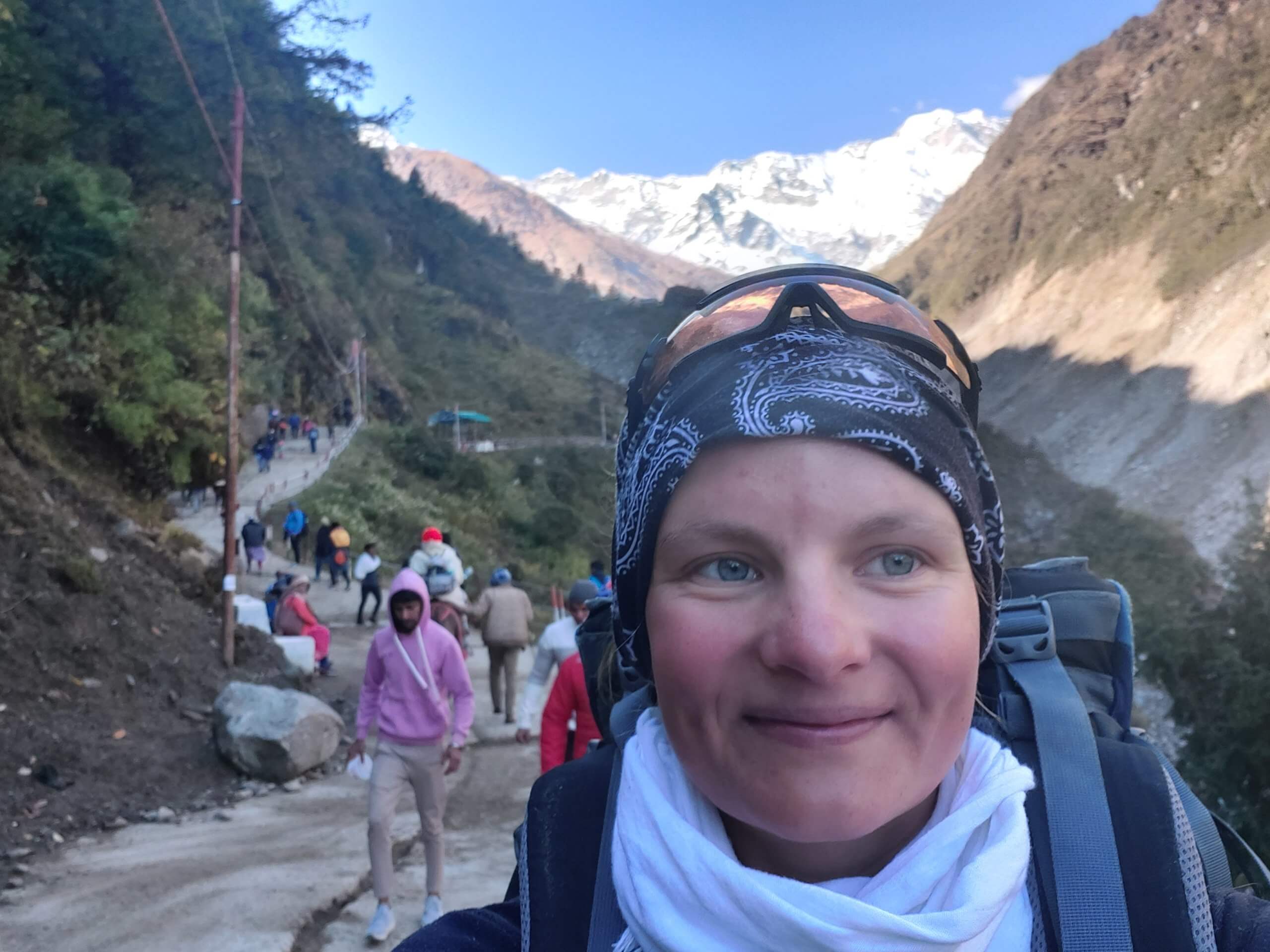
The route itself is really beautiful and well developed. First you hike through a somewhat longer and shady gorge along the Mandakini River. As soon as you have crossed it, the white-beaming Kedernath Glacier rises up in front of you in the glistening sunlight.
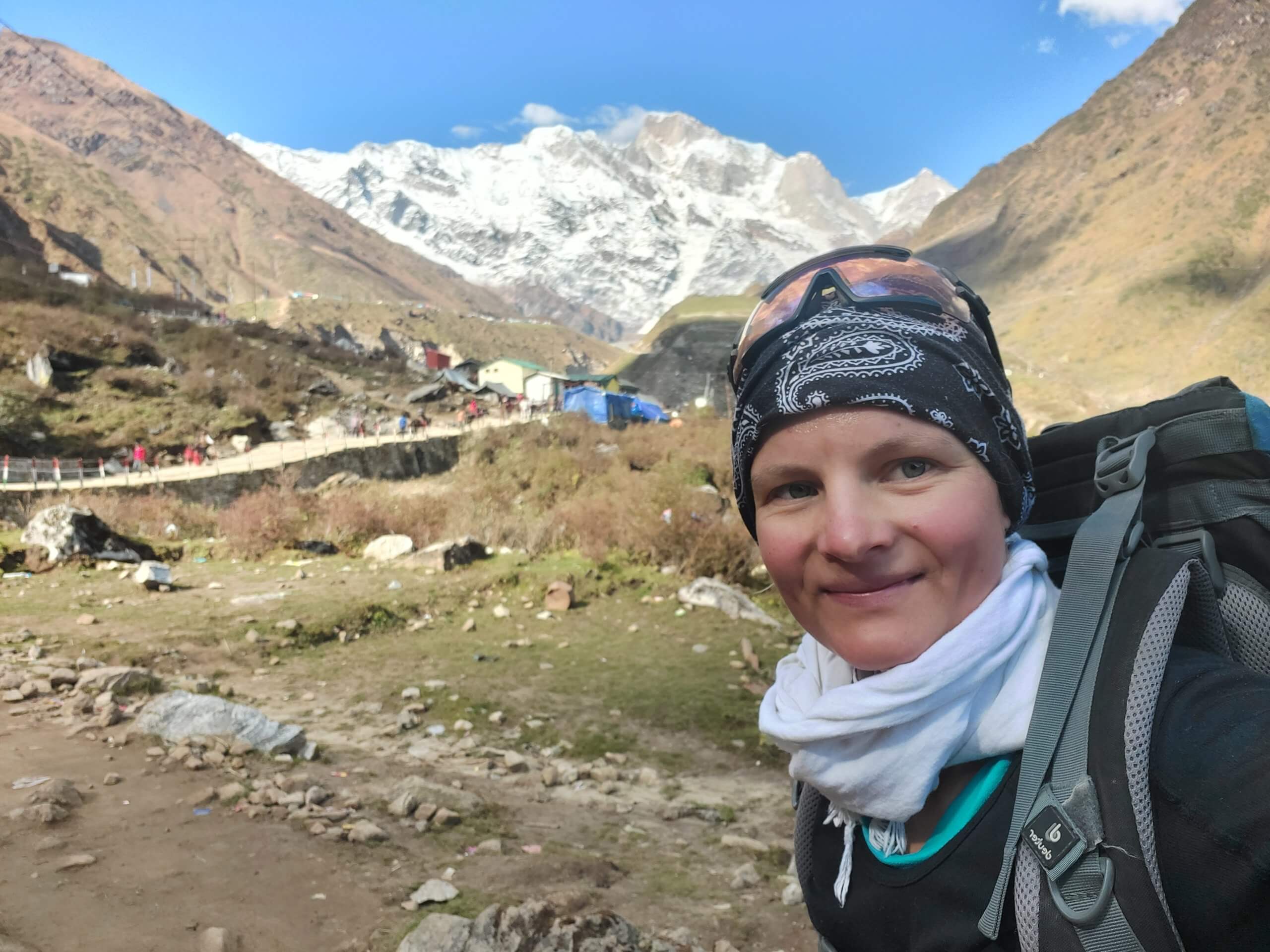
The Shiva Temple is probably the most important temple for pilgrim Hindus: whether young or old, healthy or sick, fit or unfit, everyone wants to go up to the temple for a Darshan (visit, ceremony and prayer) of the temple.
The enterprising Indians offer a wide variety of options to reach the destination of Kedernath: Porters and horses are available or you can take one of the helicopters (€80, both ways) that fly through the valley every five minutes.

Refreshments are not a problem on the route. Everywhere the pilgrims are offered food and refreshments for little money at small stands.

The accommodation organization can be a bit more complicated. On busy pilgrimage days, you should definitely reserve accommodation. Best in the GMVN , the state inns (about 20 € double room) and camps (800 rs, bed in the common room). These may be a few rupees more expensive, but they are clean, well organized and catered for.
For the pilgrimage you have to go up from Rishikesh or Dehradun to Sonprayag (about 250 km, a day trip). Either you stay overnight here or you take one of the official jeeps up to Gaurikund, five kilometers away. This place at almost 2000 m is named after Parvati, Shiva’s wife. There are numerous lodging and dining options, a hot natural spring and a Gauri temple. Spins for your extra baggage are also available here.
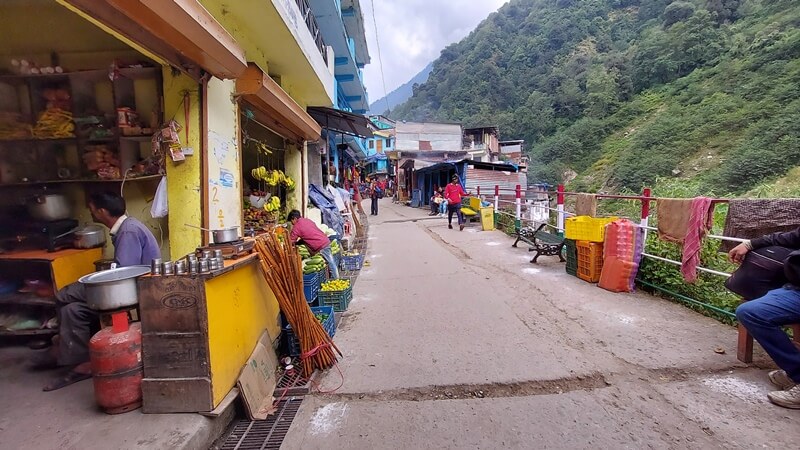
In addition, all horse guides are waiting here with their horses about 1 km above. For around €30-40 you can be carried a distance on horseback.
Many pilgrims start early in the morning. From 4 o’clock you can start the pilgrimage. Those who are in good physical shape and have no problems with the altitude can complete the route in about five hours with a few breaks. However, many also require a whole day.
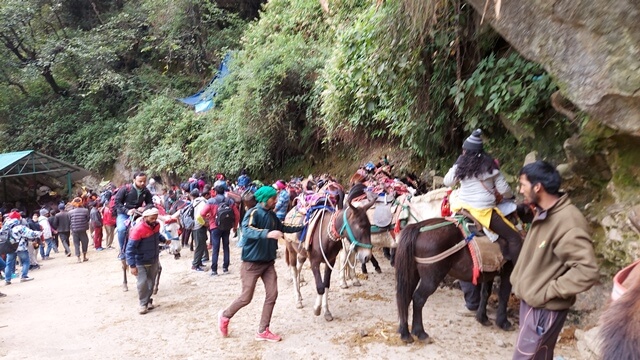
It’s really extremely hectic. You walk with hundreds of other pilgrims, horses and porters. Everyone motivates themselves with a “Jay Bolenath” (Shiva greeting) and there are toilets, drinking water and food stands along the way.
It’s not a relaxed hike. Rather, you have to be careful not to be run over by a horse and, as one of the few foreigners, you don’t just catch a glimpse of yourself.
But it is definitely an unforgettable experience!
When I stood in front of the Kedernath Temple after about 4 hours of hard marching and only a short breakfast break with Parantha and sweet tea, I shed tears. In the midst of the mountains and facing the mighty white Kedernath peak, the temple offered a magical appearance.
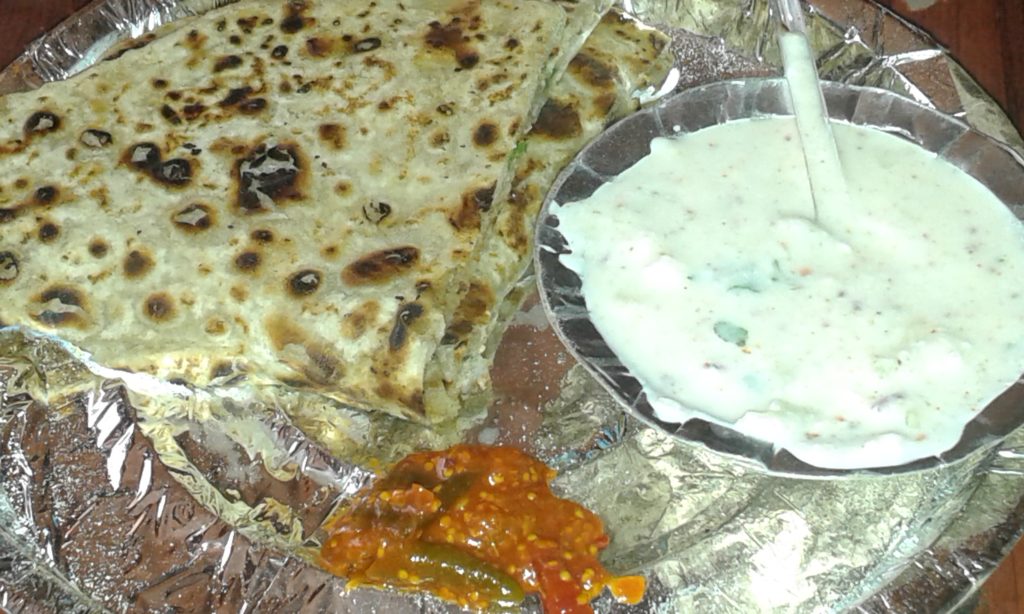
The temple is only open in the morning and afternoon. After their long march, the pilgrims often stand in a long queue for several hours, barefoot and sometimes in the snow. Offerings are bought to do a Shiva Puja (ceremony) with a Pandit (priest) in the temple.
Incidentally, I used my foreigner bonus myself and was kindly let by the Indians at the front of the queue.

After visiting the temple, I soaked up the atmosphere. I ate my lunch (you can even get free food at the temple complex called prasad (jelly food)) and visited the holy sadhus in their orange robes.

One of the Sadhus gave me a Rudraksha bead (Shiva bead), explained to me that he was a Nag-Sadhu and immediately showed me his photos showing him as a shattered act. I guess I was lucky that it just started snowing, which not only caused the mountains to be shrouded in mist, but also left the holy man wrapped in his orange cloth.
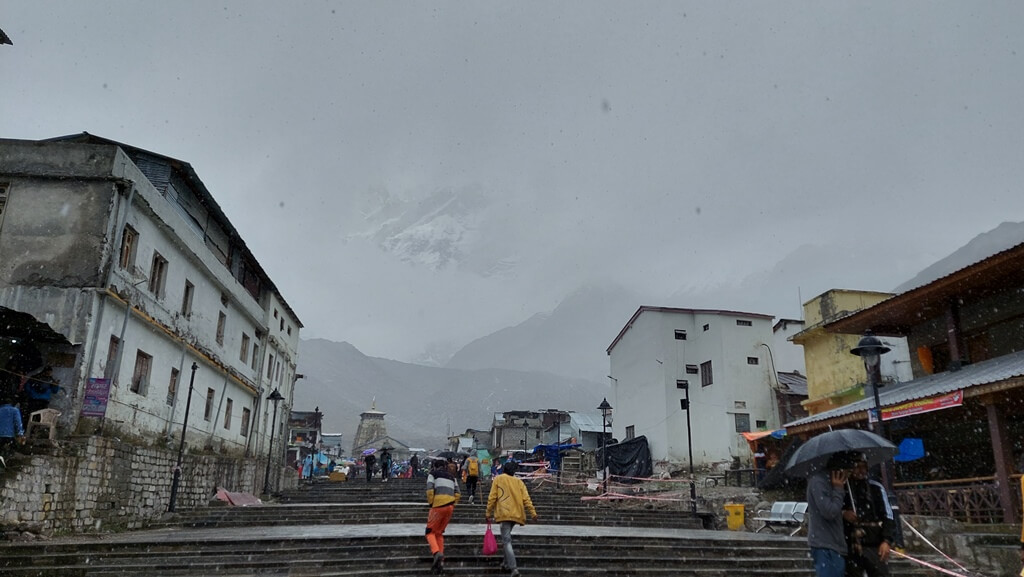
My Indian friends didn’t reach Kedernath until a little later in the day, so I had time to explore away from the crowds. You are quickly in the middle of the mountains, close to the glacier and in peace and quiet.
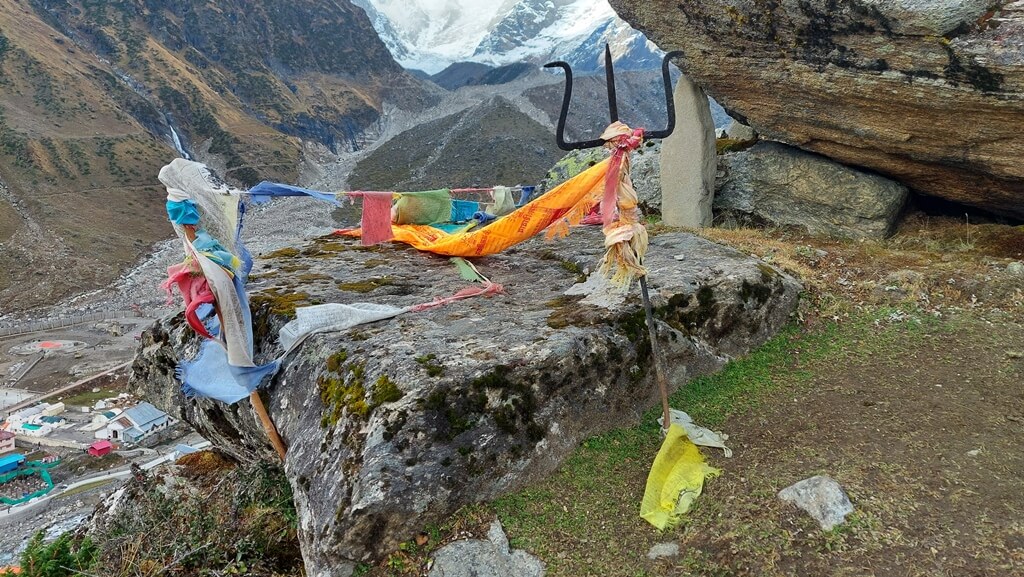
In the evening, after sunset, the light ceremony (Aarti) takes place every day.
The pilgrims sit in thousands in front of the temple and pray while the priest performs his ceremony in the temple.
The sadhus also take center stage and dance wildly around the temple with their drums.
There is a solemn atmosphere and the sacred mantras swing through the night.
We stayed in a shared room. With my earplugs I was well prepared for the Indian snoring concert.
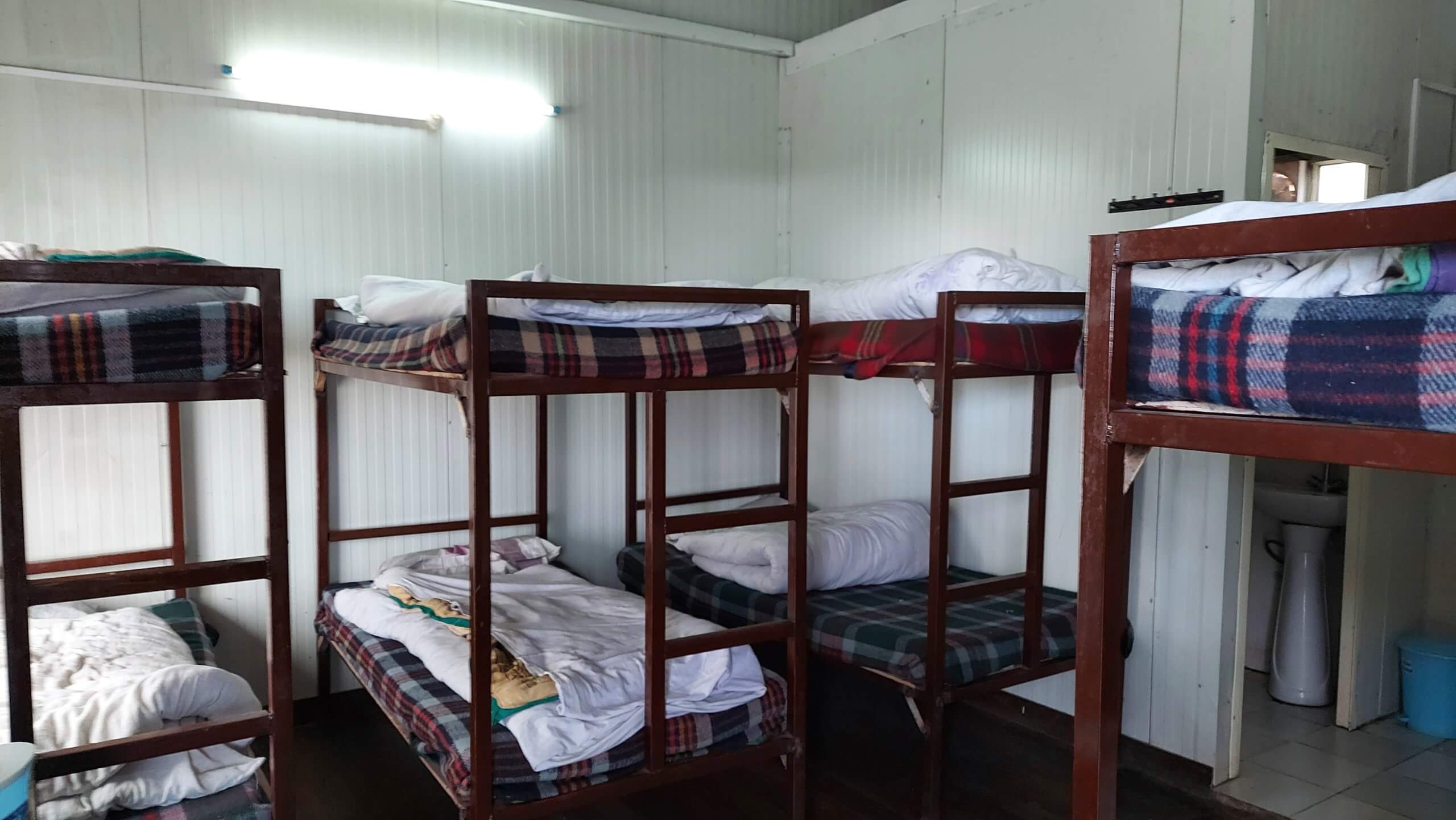
The next day we went back early. First to Gaurikund on foot, then by jeep to Sonprayag and finally by motorbike back to Dehradun until late at night.
